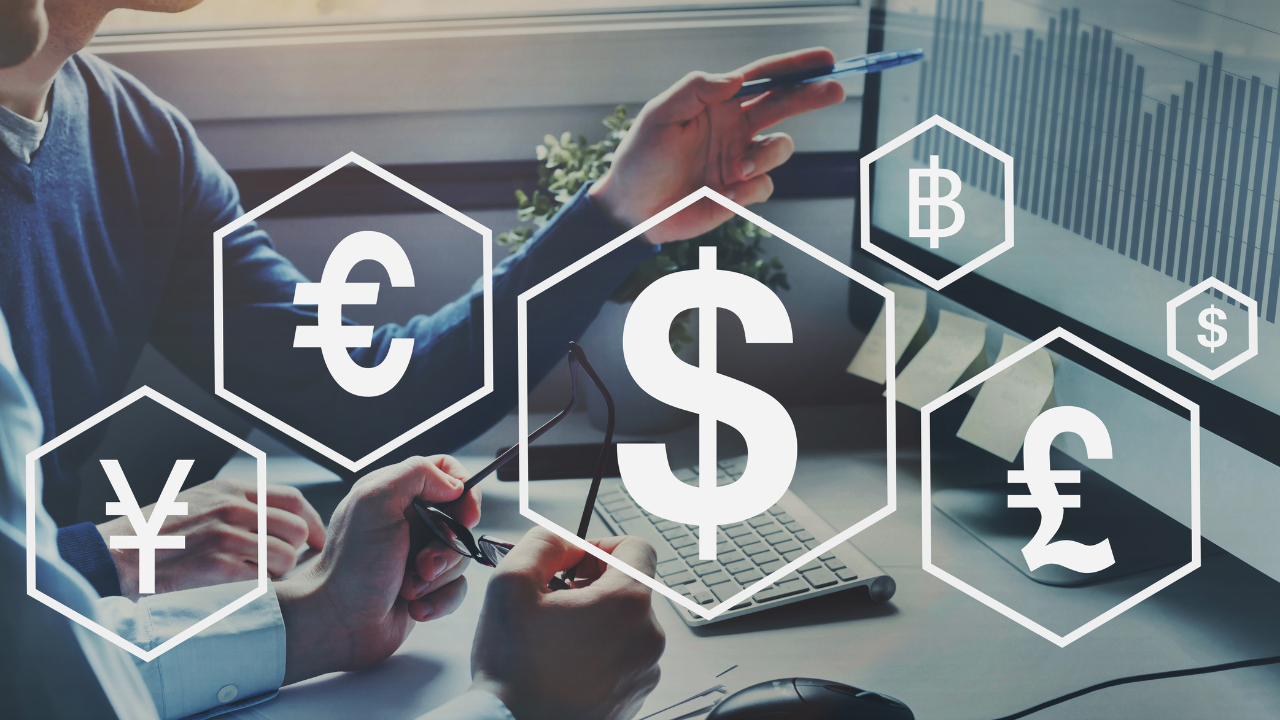
By: Bithi
Published on: May 14, 2025
If you’ve ever traveled abroad and exchanged your money for a foreign currency, congratulations — you’ve participated in the foreign exchange market, or forex market. But for traders, the forex market goes far beyond a simple currency swap. It involves the strategic trading of currency pairs to profit from fluctuations in exchange rates. Whether you're new to trading or brushing up your skills, understanding forex currency pairs is a fundamental step.
This guide is crafted to simplify the concept of forex currency pairs, how they work, their types, and how you can start trading them like a pro.
At its core, forex trading always involves two currencies being traded against each other — known as a currency pair. One currency is bought, while the other is sold.
Each currency in the pair has a three-letter ISO code defined by the International Organization for Standardization (ISO). For example:
A currency pair is written in the format:
Base Currency / Quote Currency
For example, GBP/USD means British Pound against the US Dollar.
The first currency in the pair is the base currency, and the second is the quote currency. The pair tells you how much of the quote currency you need to buy one unit of the base currency.
Example:
If GBP/USD = 1.30, it means 1 British Pound equals 1.30 US Dollars.
So, to buy 1 GBP, you need 1.30 USD.
To navigate currency pairs confidently, traders must understand two key terms:
This is the value of one unit of the base currency in terms of the quote currency.
Example:
If GBP/USD = 1.11, that means 1 GBP = 1.11 USD. You're looking at it from the UK’s perspective — how much foreign currency (USD) is needed to buy 1 unit of domestic currency (GBP).
This flips the viewpoint. It shows the value of one unit of the quote currency in terms of the base currency.
Example:
If the indirect exchange rate of GBP/USD is 1 USD = 0.90 GBP, then 1 USD buys 0.90 GBP.
Tip:
When you're traveling abroad, think of the foreign currency as the quote currency.
When trading, think of the currency you are investing in as the base currency.
Currency pairs are divided into three major categories:
These are the most traded pairs and include the USD. They offer high liquidity and low spreads.
Examples:
Also known as cross-currency pairs, these don’t include the USD.
Examples:
These include one major currency and one from a developing economy. They are less liquid and more volatile.
Examples:
Let’s go back to our example: GBP/USD = 1.30
This means:
Buying GBP/USD: You are buying GBP and selling USD. You expect GBP to rise.
Selling GBP/USD: You are selling GBP and buying USD. You expect GBP to fall.
If you believe the British Pound will strengthen against the US Dollar:
Action: Buy GBP/USD
Outcome: If GBP increases, you can sell it later at a higher price and earn a profit.
Every currency pair has two prices:
Bid Price: The price at which the market will buy the base currency from you.
Ask Price: The price at which the market will sell the base currency to you.
The difference between the bid and ask price is known as the spread — a cost paid to the broker.
Many factors influence the exchange rate between two currencies, such as:
Interest Rates
Inflation Levels
Political Stability
GDP Growth
Central Bank Policies
News and Economic Events
For example, a positive interest rate decision by the US Federal Reserve could strengthen the USD against other currencies.
Buy when a currency pair shows a strong upward trend. Sell when it’s falling.
This involves identifying price levels where a pair is consistently bouncing between support and resistance.
Trade when a pair breaks through a significant resistance or support level, signaling strong momentum.
Trading currency pairs isn’t without risk. Due to high leverage and volatility, you can gain or lose a lot in a short time. Some risks include:
Market Volatility
Leverage Risk
Interest Rate Fluctuations
Geopolitical Events
Use tools like stop-loss orders and risk/reward ratios to manage your exposure.
Currency pairs are the lifeblood of the forex trading world. Whether you’re trading the majors like EUR/USD or venturing into exotics like USD/TRY, understanding how these pairs function is critical. With the right knowledge and strategies, you can make informed decisions and trade with confidence in the world’s largest and most liquid financial market.
Comments
No comments yet. Be the first to comment!
Leave a Comment